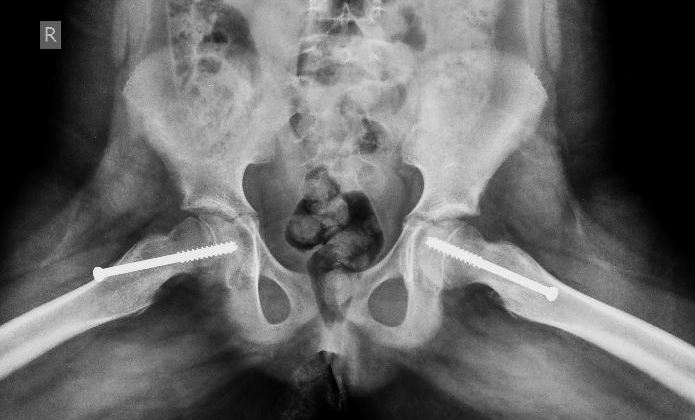Slipped capital femoral epiphysis (SCFE)
In SCFE, the head, or “ball,” of the thigh bone (the femoral head) slips off the neck of the thigh bone. This condition causes the hip joint to become painful and stiff. The patient may be limping with pain or unable to walk. It is a rare condition which is seen only in 2 persons out of 1 lakh population.
SCFE can sometimes affect both hips, and boys are affected more often than girls. It can occur suddenly following an injury (acute slip) or occur over an extended period of time (chronic slip). SCFE develops most often during short periods of accelerated growth following the onset of puberty 10-16 years).
SCFE is sometimes associated with rapid periods of growth, overweight, disturbances with body hormone levels, vitamin D deficiency etc.
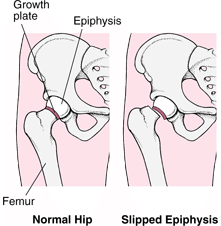
Problems due to SCFE
In addition to hip pain and limping, SCFE may cause two major problems in later life
* The blood supply to the ball of hip joint can reduce or cut off at the time of the “slip”, eventually leading to its destruction (called avascular necrosis- AVN).
* SCFE is a self limiting disease- if left untreated the pain subsides in a few weeks or months because the slipped ball of hip joint unites in the abnormal position. This causes a change in the overall alignment of the limb, persistent limping, painful hip movements and early wear and tear of hip joint (Osteoarthritis).
Diagnosis of SCFE
SCFE can be diagnosed with medical history, physical examination and X-rays. In most cases it does not need CT scan or MRI scan to diagnose it. Once the diagnosis of SCFE is made, the child is not allowed to bear weight on the hip, in order to prevent the head of the femur from slipping further off of the thigh bone.
Once this condition is diagnosed, tests are conducted to determine any underlying causes for the slip- like hormone variations (thyroid and growth hormone), vitamin D deficiency, kidney disease etc.
Treatment of slipped capital femoral epiphysis
Specific treatment for SCFE will be determined by the doctor based on:
* Extent of the disease
* Expected course of the condition
* Your child’s age, overall health, and medical history
The goal of treatment is to prevent the femoral head from further slippage. This usually needs surgery which may be:
* Fixing a metal screw to prevent the femoral head from slipping further.
* Putting the slipped ball back into previous position and then fixing it with screw.
* The bump caused by the slipped ball can be removed in later life if it is causing pain.
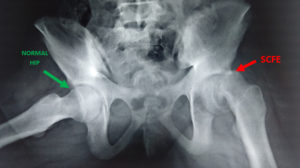
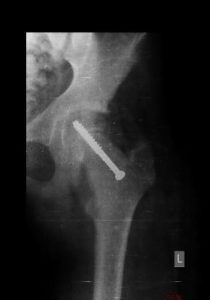
There is a considerable risk of the opposite hip also sustaining the same condition in the future; this risk is more if the child is younger than usual age (less than 10 years), child has a hormone related problem or if there is a kidney disease. In these situations the doctor decides to put a screw in the opposite hip also in order to prevent a slip which might happen in the that hip.
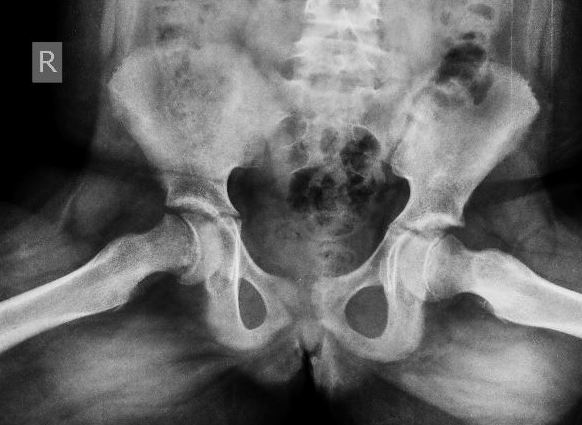
BEFORE FIXATION
